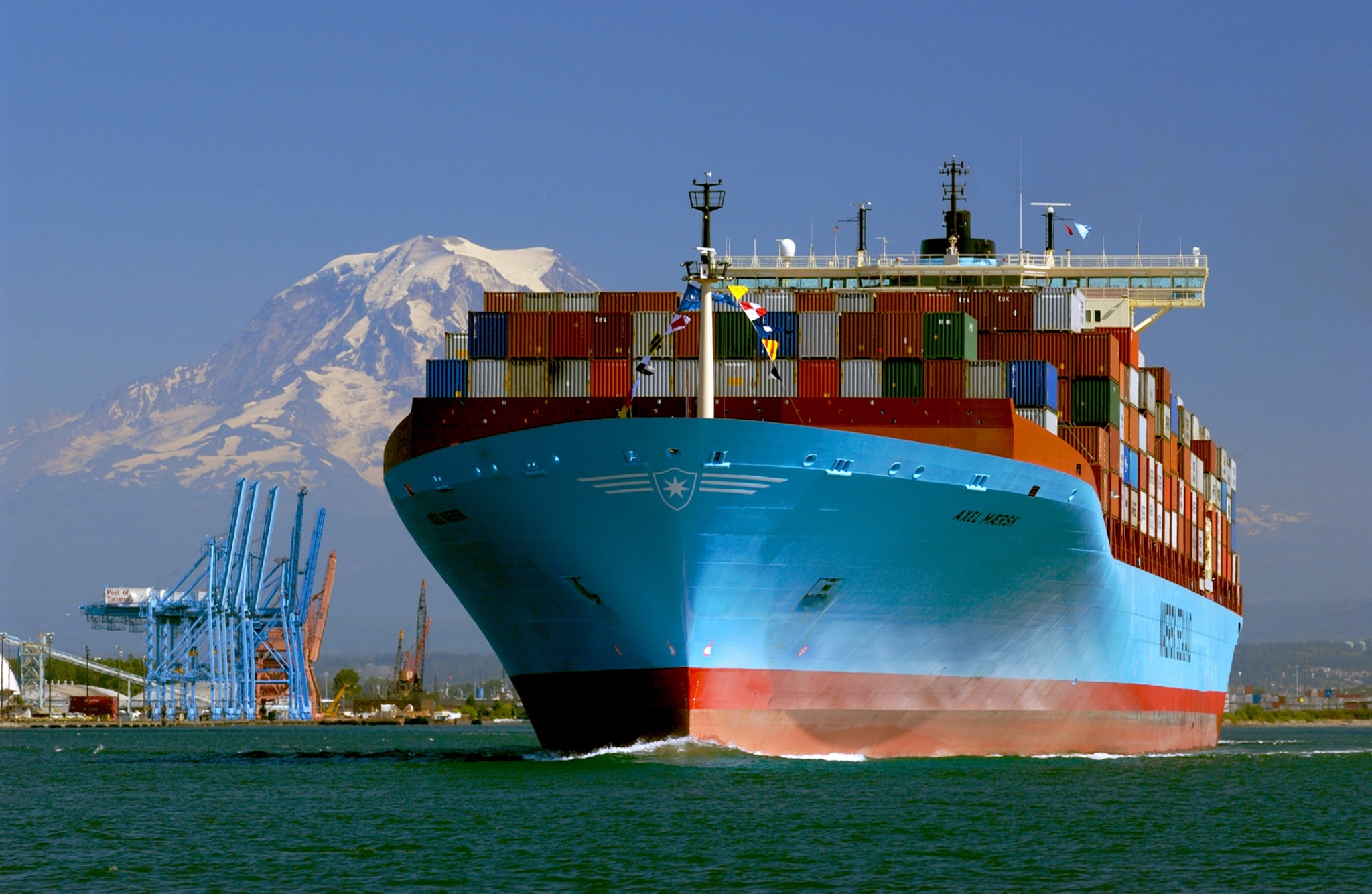Not just Suez: the Panama Canal is also blocked

The Suez Canal is inaccessible because of the Houthis and the Panama Canal – another crucial corridor for maritime transport – is also blocked: the drought is severely limiting the transit of container ships. All the details
It is not only the Suez Canal that is de facto inaccessible, given the Houthi attacks on ships crossing the Bab el-Mandeb Strait; another crucial bottleneck for international maritime trade – the Panama Canal – is blocked, or almost so.
THE PANAMA CANAL PROBLEM
The Panama Canal, in Central America, is an artificial corridor that connects the Pacific Ocean to the Atlantic Ocean and which manages a slice of 270 billion dollars in global trade every year. The problem with the canal is that the waters are low even though it is not the dry season (on the contrary: the rainy period, in theory, should have recently ended) and the vegetation stands out above the waterline rather than being submerged. The passage of ships, as a result, is hindered and is being limited by the authorities.
As a rule, thirty-eight boats pass through the canal per day; currently there are only twenty-four. Bloomberg wrote that the transit restrictions imposed at the end of 2023 were the most severe since 1989, when the Panama Canal was closed due to the US invasion that led to the deposition of General Manuel Noriega.
THE IMPACT FOR SHIPPING COMPANIES AND PANAMANIAN FINANCES
Shipping companies have three options: wait their turn to cross the canal; pay millions to skip the queue; give up the passage and choose alternative routes to South America or Africa, however extending shipping times and costs.
The lack of water in the Panama Canal is a problem that, in addition to disturbing the global logistics system, damages the country's finances: canal transit fees are in fact the main source of revenue for the Republic of Panama; in 2022 they amounted to $4.3 billion. The Panama Canal handles approximately 3 percent of international maritime trade and 46 percent of containers moving between Northeast Asia (Japan, Korea, parts of China and Russia) and the East Coast of the United States.
THE MEGA-PROJECT FOR THE DAM IN THE RÍO INDIO
The drought in the Isthmus of Panama was slightly alleviated by the rainfall in November, which however – although it was more abundant than expected – was not enough to correct the situation. A situation, however, which is perhaps destined to worsen because the region has emerged from the rainy season and is moving towards the dry one. According to the authorities, the situation will not return to normal for shippers for a year.
To solve the chronic problem of water shortages in the Panama Canal – a consequence of climate change, Bloomberg writes -, the authorities are thinking of building a dam in the Río Indio and digging a tunnel through a mountain in order to convey the river water in Gatún Lake, which serves as the main reservoir for the canal. Such a work would cost around 2 billion dollars and would require at least six years of work; the United States is offering engineering consultancy to evaluate the feasibility of the project.
The project is contested by Panamanian farmers and ranchers, whose lands would be flooded to ensure water reserves. It is already thought that in the very long term – from now until the end of the century, that is – Panama will also have to build dams on other rivers to supply water to the canal.
CLOUD SEEDING
As an alternative to dams – but it is a futuristic project -, Panama is evaluating the use of cloud seeding , a practice which consists in "seeding" clouds with chemical substances to encourage rainfall. In November a plane from the US company Weather Modification arrived in Panama to test its technologies. Cloud seeding , however, has so far been applied in countries with dry and non-tropical climates such as Panama.
CLIMATE CHANGE AND LACK OF INFRASTRUCTURE
Behind the drought in the Panama Canal there is also global warming, which is intensifying the climatic phenomenon known as El Niño, bringer of dry weather and responsible for the rapid evaporation of the waters of Lake Gatún. The Panama Canal depends on artificial reservoirs, unlike the Suez Canal which is above sea level.
In addition to the climate, the Panama Canal crisis is also due to the inadequacy of human infrastructure: in 2016 new locks were built with the aim of increasing container ship traffic, but a new reserve of fresh water.
This is a machine translation from Italian language of a post published on Start Magazine at the URL https://www.startmag.it/smartcity/crisi-siccita-canale-di-panama/ on Thu, 04 Jan 2024 11:24:29 +0000.
